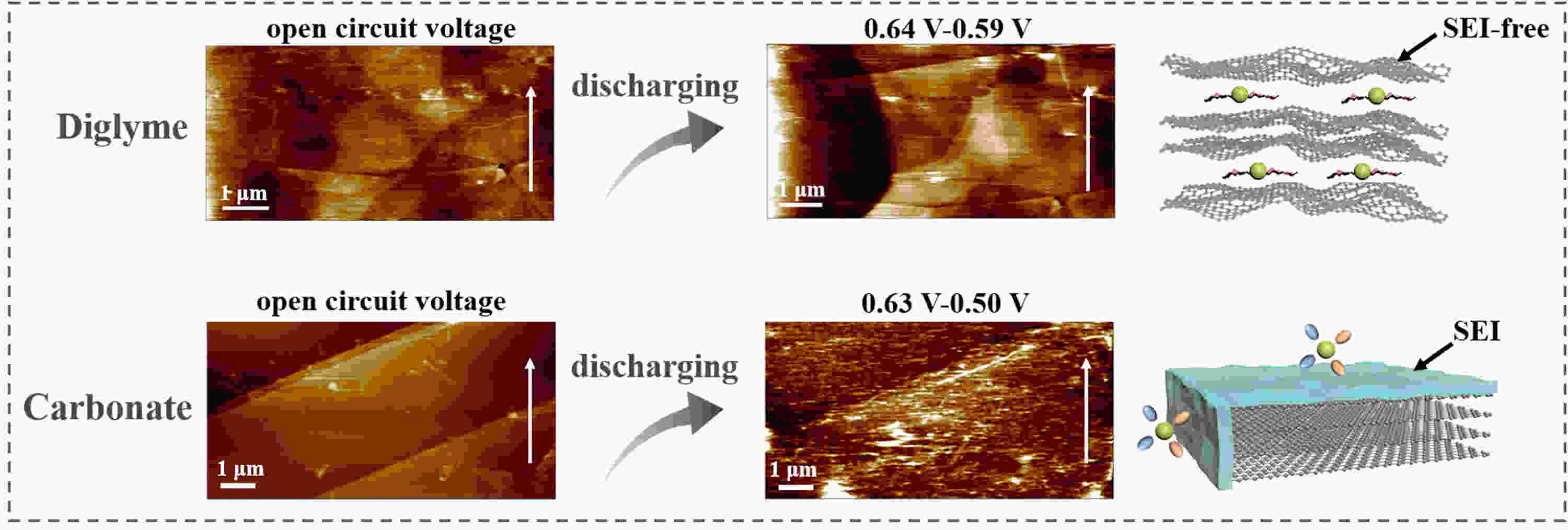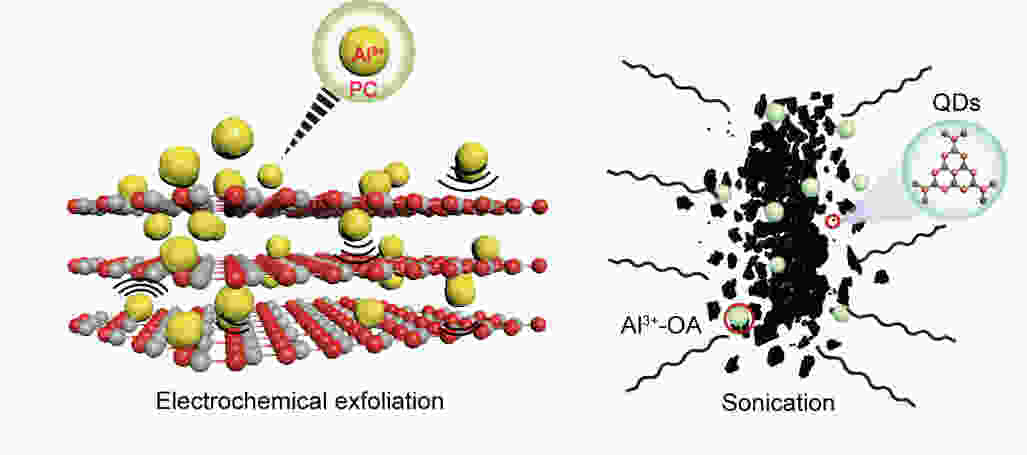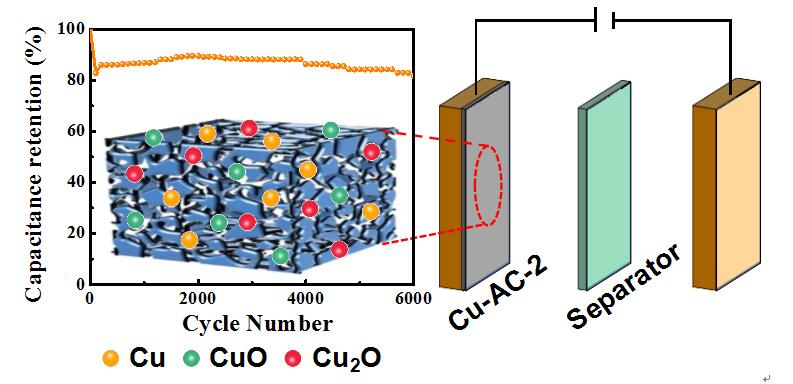2022年 第37卷 第2期
2022, 37(2): 290-302.
doi: 10.1016/S1872-5805(22)60594-8
摘要:
2022, 37(2): 303-320.
doi: 10.1016/S1872-5805(22)60589-4
摘要:
2022, 37(2): 321-337.
doi: 10.1016/S1872-5805(22)60591-2
摘要:
2022, 37(2): 338-357.
doi: 10.1016/S1872-5805(22)60590-0
摘要:
2022, 37(2): 358-370.
doi: 10.1016/S1872-5805(22)60588-2
摘要:
2022, 37(2): 371-380.
doi: 10.1016/S1872-5805(22)60601-2
摘要:
2022, 37(2): 381-391.
doi: 10.1016/S1872-5805(21)60099-9
摘要:
2022, 37(2): 392-401.
doi: 10.1016/S1872-5805(21)60045-8
摘要:
2022, 37(2): 402-411.
doi: 10.1016/S1872-5805(21)60051-3
摘要:
2022, 37(2): 412-423.
doi: 10.1016/S1872-5805(22)60602-4
摘要:
2022, 37(2): 424-434.
doi: 10.1016/S1872-5805(21)60029-X
摘要:



 摘要
摘要 HTML
HTML PDF
PDF













 虚拟专题
虚拟专题

 邮件订阅
邮件订阅 RSS
RSS 下载中心
下载中心 友情链接
友情链接

